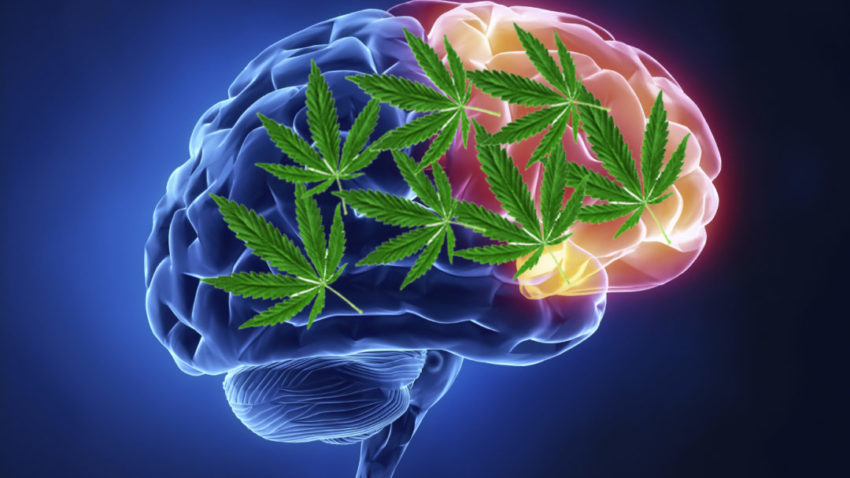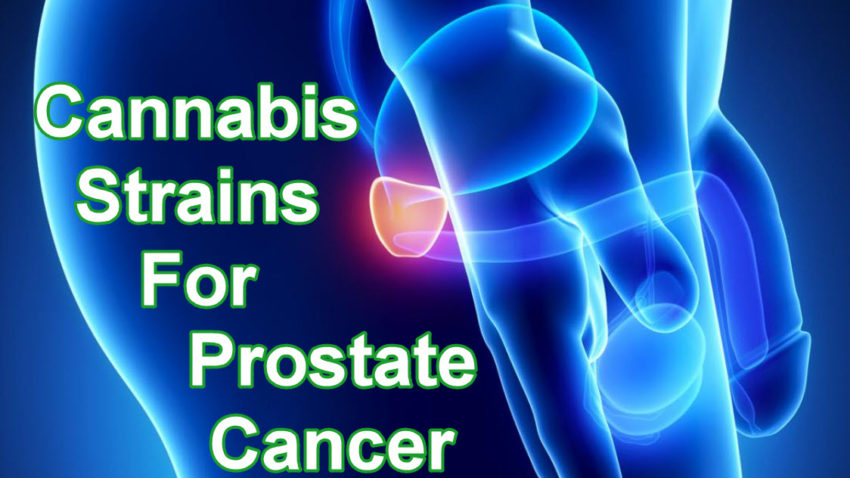There is no evidence that CBD oil can be used to treat cancer in people. CBD does show promise for the management of some cancer related symptoms, including pain and anxiety, however, more research into appropriate amounts of CBD and its effects on humans is necessary.
While marijuana is not a magic potion to cure cancer, there is preclinical evidence in animal models and cell lines (cancer cells grown in petri dishes in the lab) to suggest cannabis might have an anti-cancer effect in humans. However, bear in mind that most drugs that perform similarly well in preclinical models turn out to not even shrink cancer or help people live longer when they are tested in definitive human trials.
Many years later, another study found similar results: Mice and rats given various doses of THC exhibited a “significant” dose-related decrease in the incidence of hepatic adenoma tumors and hepatocellular carcinoma (the most common type of liver cancer), as well as a decrease in benign tumors in other organs.
Multiple studies have since observed the a trend with breast, prostate (one of the most malignant forms of cancer), lymphoblastic leukemia cells, and skin tumors.
At least one clinical trial showed that patients with recurrent glioblastoma multiforme who were treated with a “proprietary combination of THC and CBD” in addition to a traditional pharmaceutical had a higher one-year survival rate (83 percent) compared to a placebo group (53 percent).
Another study found blood cancer cells that were treated with two synthetic endocannabinoids activated receptors that “mediated apoptosis,” or the death of the cells.
In certain cell lines of prostate cancer, similar findings were observed. There was significant cell growth inhibition followed by apoptosis in one particular cancer cell type in a “study which was designed to evaluate the in entourage effects of endocannabinioids such as 2-arachidonoyl glycerol, anadamine, and its synthetic analog methazolamide.”
Some cannabinoids inhibit the growth of tumor cells in test tubes and mice, but others encourage growth. For a more detailed breakdown of the current science, give this article a go. Human studies are still small and hard to come by.
One study of cannabis users found they had a lower risk of bladder cancer, but their risk of developing prostate cancer increased. The jury is still out whether any part of cannabis will treat cancer in the future. But if you’d like to learn more about the current research, have a look here. In the US, dronabinol, a drug containing THC, is sometimes prescribed for patients to deal with the side effects of chemotherapy.
What to expect when using medical marijuana
Medical marijuana comes in a variety of strains and each has different levels of active compounds and potency. This means the effects of medical marijuana will be unique to each person and can be hard to predict.
Medical marijuana products come in many different forms, including:
- edibles, such as cookies, candy, mints, or brownies
- dried leaves or buds for smoking
- oils for vaporing or mixing into tea, honey, or other food
- creams and other products that are applied topically
- sprays or tinctures that are used under the tongue or along the gum line
Many oncologists would prefer that their patients not smoke anything. At the same time, many women diagnosed with breast cancer are trying to prevent weight gain/lose weight related to treatment. So, oils, sprays, or tinctures may be a better option than edibles or dried leaves or buds. Still, every person’s situation is unique and the best form of medical marijuana will vary from person to person. All Natural MD.


